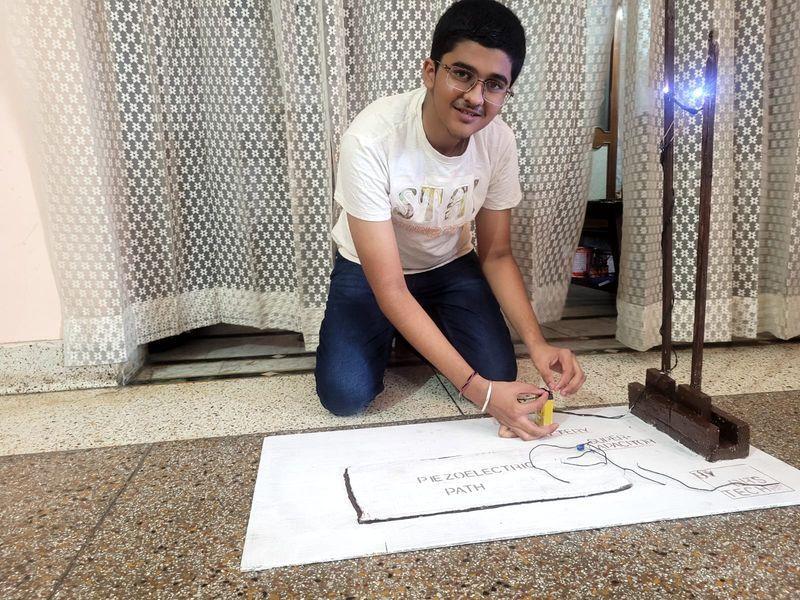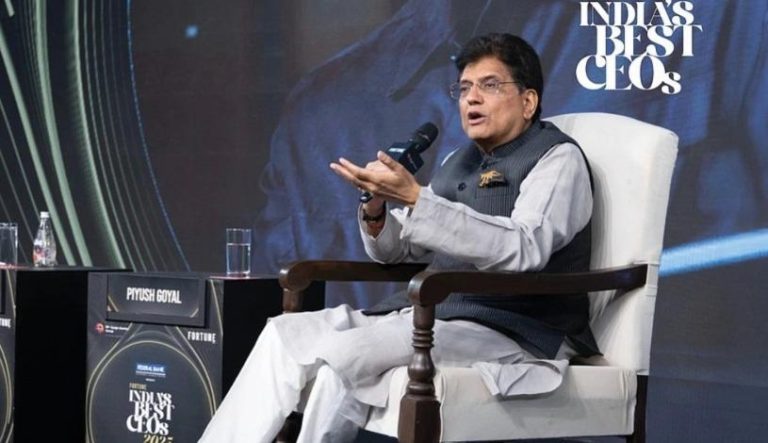
Hoshiarpur Student Builds Device to Generate Power from Footsteps
In a groundbreaking innovation, a student from Hoshiarpur, Punjab, has developed a revolutionary device that harnesses energy from the simplest of human actions – walking. Sanchit, a Class 8 student, has created a science project titled “Power beneath our feet” that utilizes piezoelectric technology to convert footsteps into electricity. This remarkable achievement has caught the attention of local officials, scientists, and enthusiasts alike, leaving many wondering about the potential implications of this invention.
Sanchit’s project is a testament to the power of creativity and innovation, particularly among young minds. His device is designed to capture the kinetic energy generated by footsteps and convert it into electrical energy, which can then be used to power small electronic devices. The student has used piezoelectric materials, such as quartz crystals or ceramics, which generate an electric charge when subjected to mechanical stress, like pressure or vibrations.
The device consists of a series of piezoelectric sensors embedded in a special mat or flooring material, which are connected to a small generator. As a person walks on the mat, the sensors detect the pressure and vibrations caused by their footsteps, converting them into electrical energy. The generated power is then stored in a battery, which can be used to charge small devices like smartphones, lamps, or even medical equipment.
While the idea of generating power from footsteps may seem unconventional, it holds significant potential for various applications. For instance, the device could be used to power remote sensors or monitoring systems, which could be particularly useful in areas where access to traditional power sources is limited. Additionally, the technology could be used to create self-sustaining power systems for emergency responders, search and rescue teams, or even outdoor enthusiasts.
What’s more impressive about Sanchit’s project is the level of research and experimentation that went into developing it. The student has spent countless hours studying the properties of piezoelectric materials, designing and testing his device, and refining his prototype. His dedication and perseverance have paid off, earning him recognition and praise from local authorities and experts in the field.
“We are thrilled to see a young student like Sanchit taking the initiative to develop innovative solutions,” said [Name], a local scientist who has been following Sanchit’s project. “His device has the potential to revolutionize the way we think about power generation, and we are excited to see where his research takes him in the future.”
Sanchit’s achievement is not only a testament to his own abilities but also a reflection of the growing interest in STEM education in India. As the country continues to focus on developing its scientific and technological capabilities, projects like Sanchit’s serve as a reminder of the importance of nurturing young minds and encouraging innovation.
In conclusion, Sanchit’s device is a remarkable example of what can be achieved when creativity, innovation, and determination come together. As the world continues to grapple with the challenges of sustainable energy and environmental sustainability, projects like this one offer a glimmer of hope for a more efficient and eco-friendly future.




